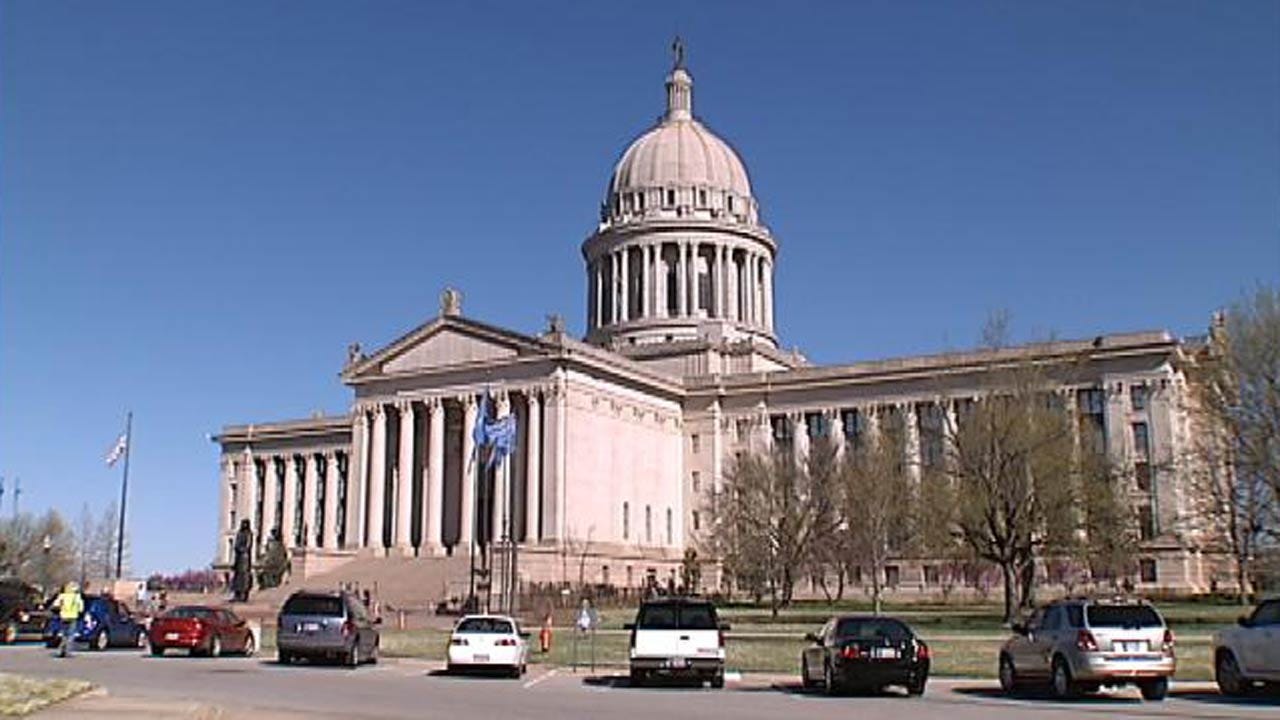The Oklahoma Budget Shortfall of 2016: Understanding the Causes and Implications
**In 2016, Oklahoma faced a significant budget shortfall, which posed challenges for the state’s economy and public services. This article aims to explore the causes and implications of the Oklahoma budget shortfall in 2016, shedding light on the factors that led to the crisis and the consequences it had on various aspects of the state’s functioning.**
The state of Oklahoma has a long history of reliance on the oil and gas industry as a major source of revenue. However, in recent years, a combination of factors such as declining oil prices, reduced production, and changes in tax policies have contributed to a significant drop in the state’s revenue.
1. The Decline in Oil Prices
One of the primary factors that led to the budget shortfall in Oklahoma was the decline in oil prices. In the years leading up to 2016, the price of oil experienced a sharp decline, reaching historic lows. As a result, the revenue generated from the oil and gas industry, which the state heavily relies on, plummeted. This decline in revenue significantly impacted the state’s budget, leading to a shortfall.
2. Reduced Production
In addition to the decline in oil prices, Oklahoma also faced a reduction in oil and gas production during this period. This decrease was caused by various factors, including a decrease in investment in drilling activities and the closing of some oil wells. As production levels dropped, so did the revenue generated, exacerbating the budget shortfall crisis.
3. Changes in Tax Policies
Another factor that contributed to the Oklahoma budget crisis of 2016 was changes in tax policies. In an attempt to attract new businesses and investment, the state implemented tax cuts and incentives over the years. While these policies were aimed at stimulating economic growth, they inadvertently led to a reduction in revenue. As a result, the state had less income to cover its expenses, adding to the budget deficit.
4. Consequences of the Budget Shortfall
The budget shortfall in Oklahoma had far-reaching implications for various sectors and services within the state. Some of the notable consequences included:
4.1. Education
One of the most affected areas was education. As a result of the budget shortfall, schools faced funding cuts, leading to increased class sizes, fewer resources, and reduced support for students and teachers alike. This had a detrimental impact on the quality of education and the overall learning environment in Oklahoma.
4.2. Healthcare
The healthcare sector also suffered significant setbacks due to the budget deficit. Funding for healthcare programs and services was greatly reduced, limiting access to quality healthcare for many Oklahomans. This had a particularly severe impact on vulnerable populations and those in need of public assistance.
4.3. Infrastructure
Infrastructure development and maintenance were also affected by the budget shortfall. With limited funds available, the state had to delay or cancel important infrastructure projects, including road repairs, bridge construction, and improvements to public facilities. This not only hindered the state’s progress but also posed safety risks for its residents.
4.4. Public Safety
The budget shortfall had implications for public safety as well. Law enforcement agencies faced funding cuts, resulting in reduced staffing levels, outdated equipment, and limited resources to combat crime effectively. This strained the ability of law enforcement agencies to maintain public safety and protect the well-being of Oklahomans.
Frequently Asked Questions
Now, let’s address some commonly asked questions about the Oklahoma budget shortfall of 2016:
Q: How long did the budget shortfall last?
The budget shortfall in Oklahoma lasted for several years, with the crisis peaking in 2016. It took the state’s economy some time to recover from the impact of declining oil prices and other contributing factors.
Q: Did the budget shortfall only impact Oklahoma?
While Oklahoma faced a severe budget crisis in 2016, it is essential to note that other states heavily reliant on the oil and gas industry also experienced similar challenges during this period. The decline in oil prices had a widespread impact across the United States.
Q: What steps were taken to address the budget shortfall?
In response to the budget crisis, the state of Oklahoma implemented a combination of measures to address the shortfall. These included cutting spending on various programs and services, revisiting tax policies, and exploring alternative sources of revenue, among others.
Q: Has the state recovered from the budget shortfall?
While the state has made efforts to recover from the budget shortfall, the impact of the crisis lingers. Oklahoma continues to face economic challenges and the need for ongoing fiscal reforms to ensure sustainable growth and stability.
Final Thoughts
The budget shortfall in Oklahoma in 2016 had significant implications for the state’s economy and public services. The combination of declining oil prices, reduced production, and changes in tax policies created a perfect storm that led to a severe budget crisis. The consequences of this crisis were felt across various sectors, including education, healthcare, infrastructure, and public safety. As the state continues to recover and rebuild, it is crucial to learn from the challenges faced and implement measures to prevent similar crises in the future.
